
of malandragem.
This is, and is not, Zé Pelintra. Yes, Zé Pelintra is a malandro, but the dictionary falls short...
A photo lacks the totality of the context in which it was made. Even when freshly taken, it is an incomplete selection from a wider scene. With the passing of time, and with distance, details fade in our memory and the photograph we made becomes simply the record of a place and time that we only imagine once existed. No photograph tells the whole truth. A photo lacks the totality of the context in which it was made. Even when freshly taken, it is an incomplete selection from a wider scene. With the passing of time, and with distance, details fade in our memory and the photograph we made becomes simply the record of a place and time that we imagine once existed...

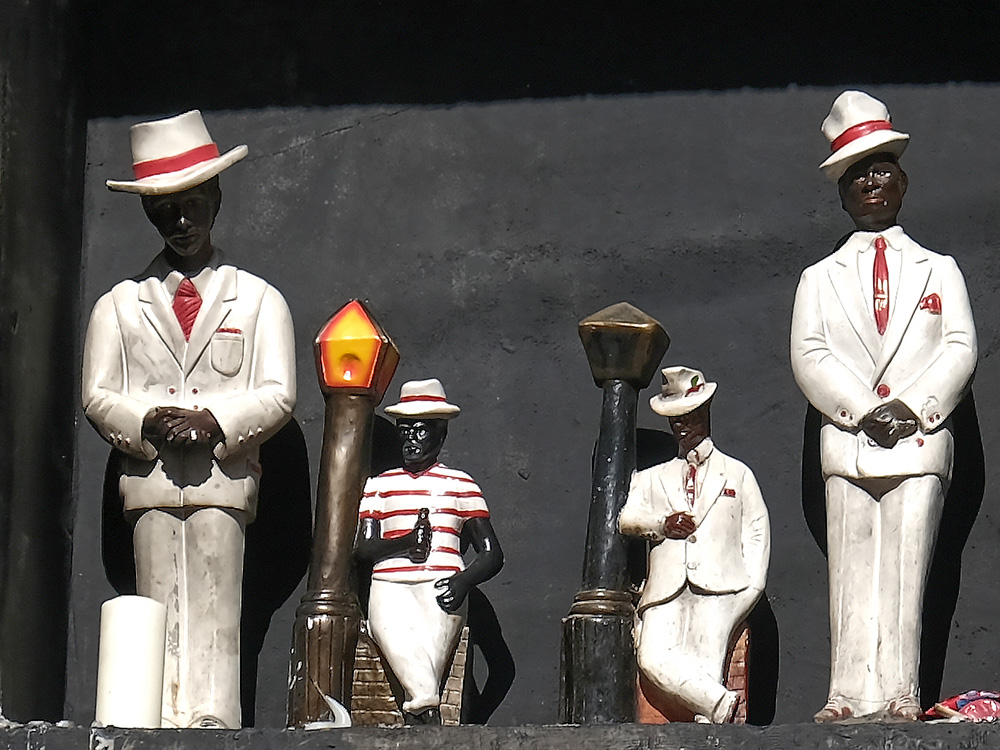
When we follow news of the earthquakes in Turkey and Syria, it is easy to think of the people in the tragic scenes as simply inhabitants of a place that is distant and unrelated to us, a place of faceless "victims" of a horrible event. In fact, they are people just like us. Yes, they dress differntly, they speak a different language, and they eat different food than we do, but they are people like us: they have the same hopes, the same dreams, and we all share the smae common humanity.
15 years ago, in a happier time for Urfa, I visited the city. It is one of the nicest places I have been ...the kind of city where I would enjoy living.
When we follow news of the earthquakes in Turkey and Syria, it is easy

When we follow news of the earthquakes in Turkey and Syria, it is easy to think of the people in the tragic scenes as simply inhabitants of a place that is distant and unrelated to us, a place of faceless "victims" of a horrible event. In fact, they are people just like us. Yes, they dress differntly, they speak a different language, and they eat different food than we do, but they are people like us: they have the same hopes, the same dreams, and we all share the smae common humanity.
15 years ago, in a happier time for Urfa, I visited the city. It is one of the nicest places I have been ...the kind of city where I would enjoy living.
When we follow news of the earthquakes in Turkey and Syria, it is easy
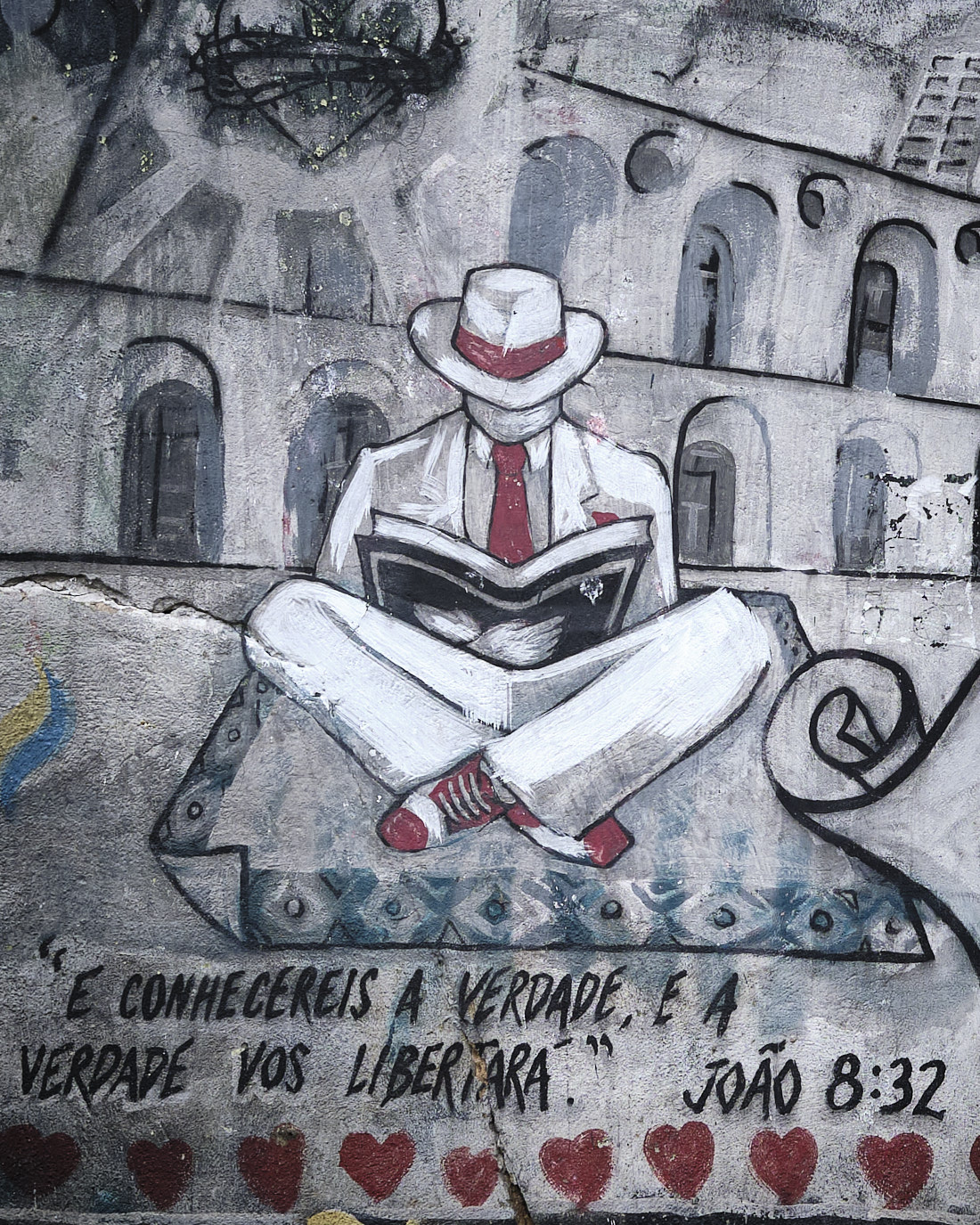
When we follow news of the earthquakes in Turkey and Syria, it is easy to think of the people in the tragic scenes as simply inhabitants of a place that is distant and unrelated to us, a place of faceless "victims" of a horrible event. In fact, they are people just like us. Yes, they dress differntly, they speak a different language, and they eat different food than we do, but they are people like us: they have the same hopes, the same dreams, and we all share the smae common humanity.
15 years ago, in a happier time for Urfa, I visited the city. It is one of the nicest places I have been ...the kind of city where I would enjoy living.
When we follow news of the earthquakes in Turkey and Syria, it is easy
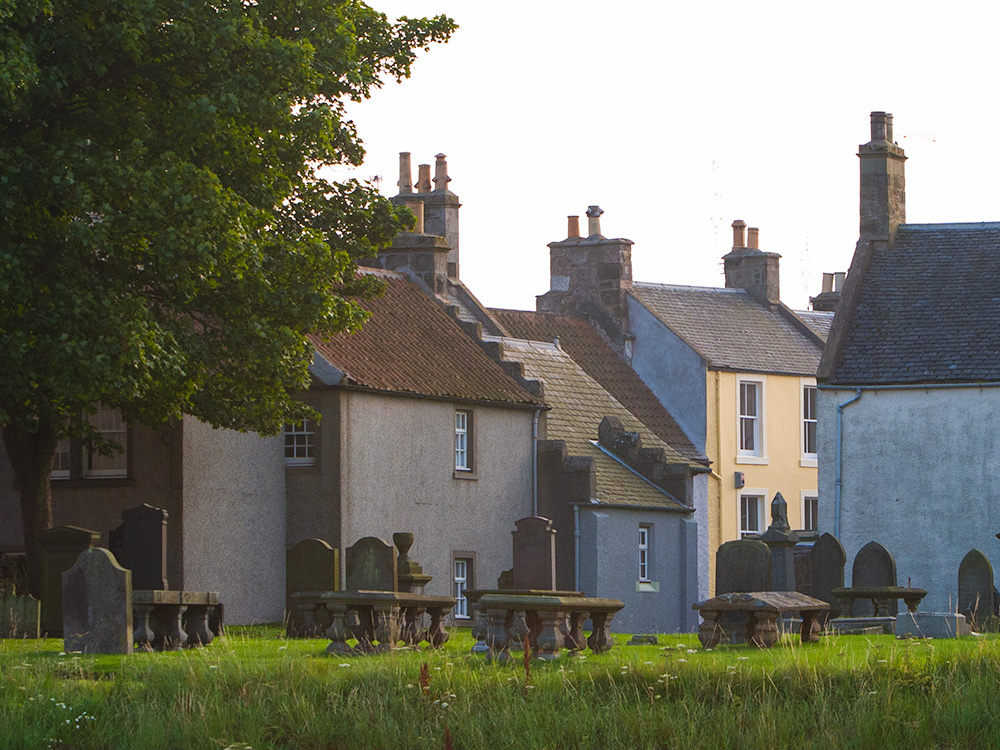
When we follow news of the earthquakes in Turkey and Syria, it is easy to think of the people in the tragic scenes as simply inhabitants of a place that is distant and unrelated to us, a place of faceless "victims" of a horrible event. In fact, they are people just like us. Yes, they dress differntly, they speak a different language, and they eat different food than we do, but they are people like us: they have the same hopes, the same dreams, and we all share the smae common humanity.
15 years ago, in a happier time for Urfa, I visited the city. It is one of the nicest places I have been ...the kind of city where I would enjoy living.
When we follow news of the earthquakes in Turkey and Syria, it is easy
When we follow news of the earthquakes in Turkey and Syria, it is easy to think of the people in the tragic scenes as simply inhabitants of a place that is distant and unrelated to us, a place of faceless "victims" of a horrible event. In fact, they are people just like us. Yes, they dress differntly, they speak a different language, and they eat different food than we do, but they are people like us: they have the same hopes, the same dreams, and we all share the smae common humanity.
15 years ago, in a happier time for Urfa, I visited the city. It is one of the nicest places I have been ...the kind of city where I would enjoy living.
When we follow news of the earthquakes in Turkey and Syria, it is easy
When we follow news of the earthquakes in Turkey and Syria, it is easy to think of the people in the tragic scenes as simply inhabitants of a place that is distant and unrelated to us, a place of faceless "victims" of a horrible event. In fact, they are people just like us. Yes, they dress differntly, they speak a different language, and they eat different food than we do, but they are people like us: they have the same hopes, the same dreams, and we all share the smae common humanity.
15 years ago, in a happier time for Urfa, I visited the city. It is one of the nicest places I have been ...the kind of city where I would enjoy living.
When we follow news of the earthquakes in Turkey and Syria, it is easy

When we follow news of the earthquakes in Turkey and Syria, it is easy to think of the people in the tragic scenes as simply inhabitants of a place that is distant and unrelated to us, a place of faceless "victims" of a horrible event. In fact, they are people just like us. Yes, they dress differntly, they speak a different language, and they eat different food than we do, but they are people like us: they have the same hopes, the same dreams, and we all share the smae common humanity.
15 years ago, in a happier time for Urfa, I visited the city. It is one of the nicest places I have been ...the kind of city where I would enjoy living.
When we follow news of the earthquakes in Turkey and Syria, it is easy
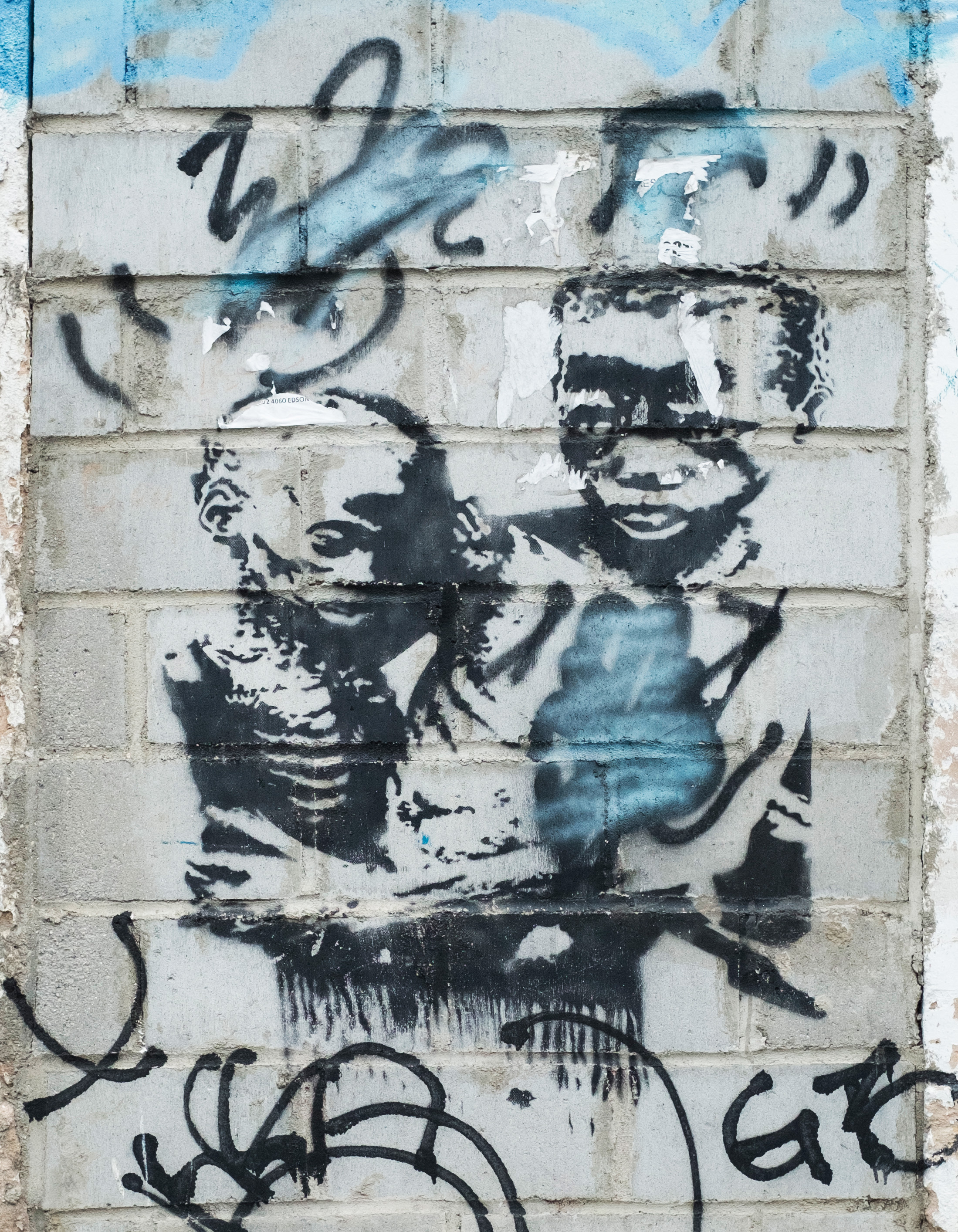
When we follow news of the earthquakes in Turkey and Syria, it is easy to think of the people in the tragic scenes as simply inhabitants of a place that is distant and unrelated to us, a place of faceless "victims" of a horrible event. In fact, they are people just like us. Yes, they dress differntly, they speak a different language, and they eat different food than we do, but they are people like us: they have the same hopes, the same dreams, and we all share the smae common humanity.
15 years ago, in a happier time for Urfa, I visited the city. It is one of the nicest places I have been ...the kind of city where I would enjoy living.
When we follow news of the earthquakes in Turkey and Syria, it is easy

When we follow news of the earthquakes in Turkey and Syria, it is easy to think of the people in the tragic scenes as simply inhabitants of a place that is distant and unrelated to us, a place of faceless "victims" of a horrible event. In fact, they are people just like us. Yes, they dress differntly, they speak a different language, and they eat different food than we do, but they are people like us: they have the same hopes, the same dreams, and we all share the smae common humanity.
15 years ago, in a happier time for Urfa, I visited the city. It is one of the nicest places I have been ...the kind of city where I would enjoy living.
When we follow news of the earthquakes in Turkey and Syria, it is easy

When we follow news of the earthquakes in Turkey and Syria, it is easy to think of the people in the tragic scenes as simply inhabitants of a place that is distant and unrelated to us, a place of faceless "victims" of a horrible event. In fact, they are people just like us. Yes, they dress differntly, they speak a different language, and they eat different food than we do, but they are people like us: they have the same hopes, the same dreams, and we all share the smae common humanity.
15 years ago, in a happier time for Urfa, I visited the city. It is one of the nicest places I have been ...the kind of city where I would enjoy living.
The young people in these photos are now adults, perhaps with children of their own. Many of the older people have probably passed on since then. It is sad to imagine their situation today.
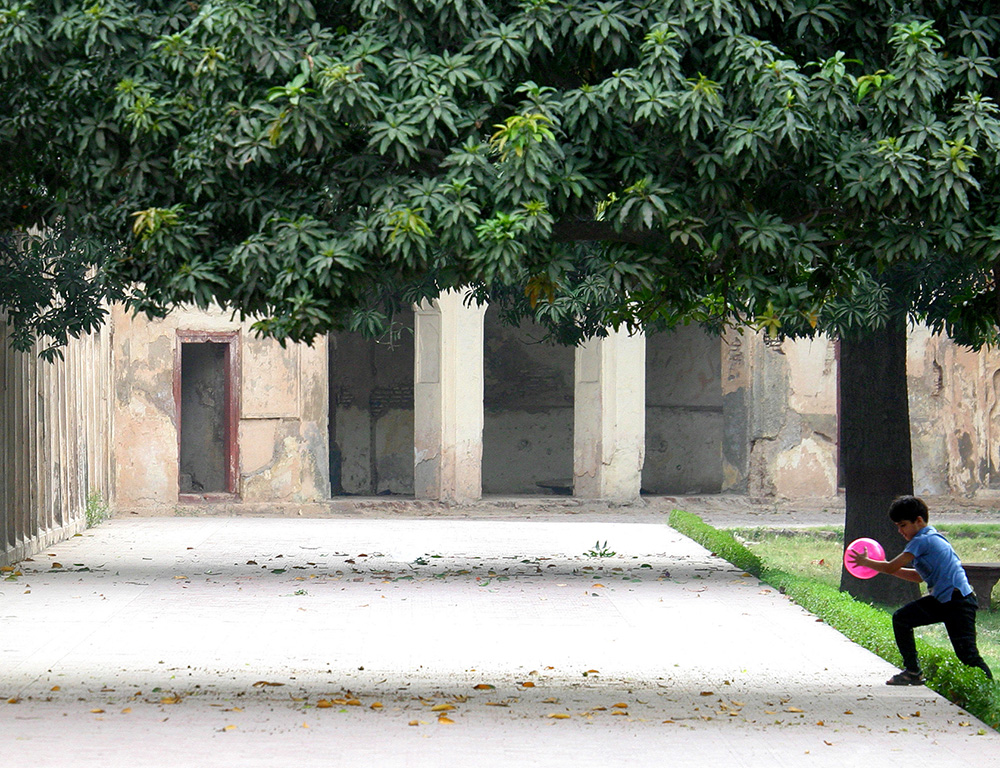
When we follow news of the earthquakes in Turkey and Syria, it is easy to think of the people in the tragic scenes as simply inhabitants of a place that is distant and unrelated to us, a place of faceless "victims" of a horrible event. In fact, they are people just like us. Yes, they dress differntly, they speak a different language, and they eat different food than we do, but they are people like us: they have the same hopes, the same dreams, and we all share the smae common humanity.
15 years ago, in a happier time for Urfa, I visited the city. It is one of the nicest places I have been ...the kind of city where I would enjoy living.
The young people in these photos are now adults, perhaps with children of their own. Many of the older people have probably passed on since then. It is sad to imagine their situation today.
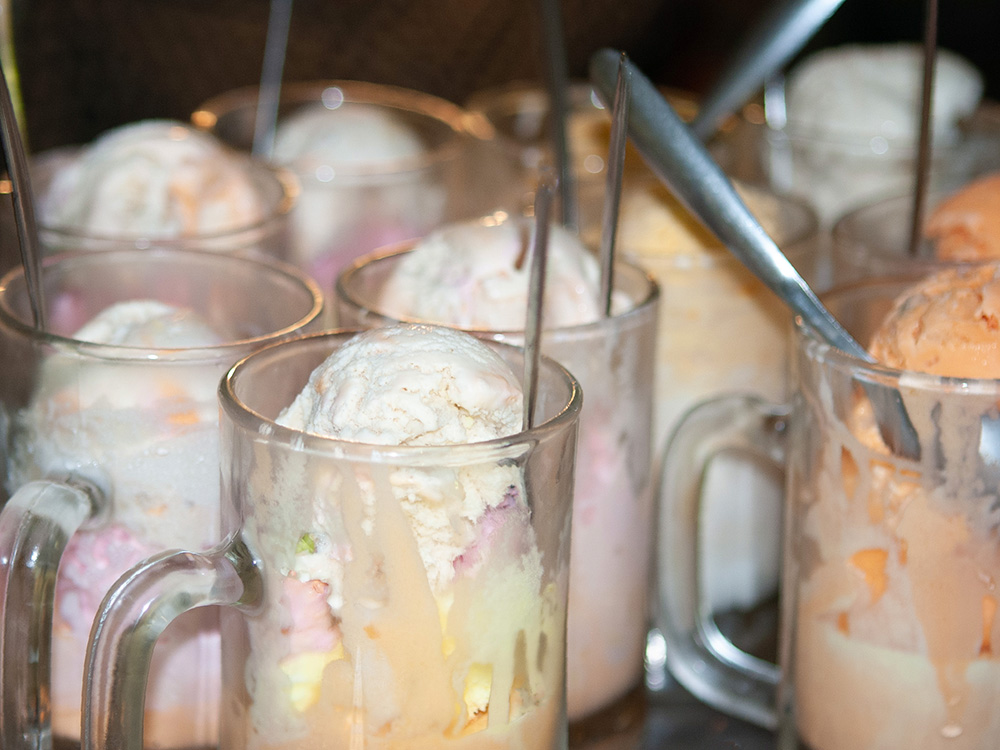
When we follow news of the earthquakes in Turkey and Syria, it is easy to think of the people in the tragic scenes as simply inhabitants of a place that is distant and unrelated to us, a place of faceless "victims" of a horrible event. In fact, they are people just like us. Yes, they dress differntly, they speak a different language, and they eat different food than we do, but they are people like us: they have the same hopes, the same dreams, and we all share the smae common humanity.
15 years ago, in a happier time for Urfa, I visited the city. It is one of the nicest places I have been ...the kind of city where I would enjoy living.
The young people in these photos are now adults, perhaps with children of their own. Many of the older people have probably passed on since then. It is sad to imagine their situation today.
When we follow news of the earthquakes in Turkey and Syria, it is easy to think of the people in the tragic scenes as simply inhabitants of a place that is distant and unrelated to us, a place of faceless "victims" of a horrible event. In fact, they are people just like us. Yes, they dress differntly, they speak a different language, and they eat different food than we do, but they are people like us: they have the same hopes, the same dreams, and we all share the smae common humanity.
15 years ago, in a happier time for Urfa, I visited the city. It is one of the nicest places I have been ...the kind of city where I would enjoy living.
The young people in these photos are now adults, perhaps with children of their own. Many of the older people have probably passed on since then. It is sad to imagine their situation today.

Prof. Rodger Randle
OU Center for Studies in Democracy and Culture

The University of Oklahoma Tulsa
4502 East 41st Street, Tulsa, Oklahoma 74135
E-mail: randle@ou.edu
Click here to visit our homepage.